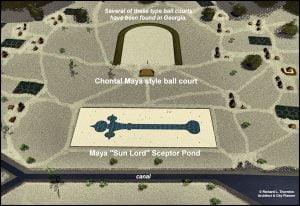The Urban Development Pattern of Ortona Archaeology Site
In the early 2000’s, the Ortona site was studied by archaeologists from several southern Florida universities under the direction of Archaeologist Bob Carr, Executive Director of the Archaeological and Historical Conservancy, Inc. The Ortona Archaeological Zone received a flurry of publicity from articles in several major newspapers around the United States. It was designated a county park then promptly forgotten by most members of the archaeological profession. The park is open to the public, but is poorly maintained and contains very little information that would enable the public to understand the site. The park’s sandy trails are most typically used … Read more




